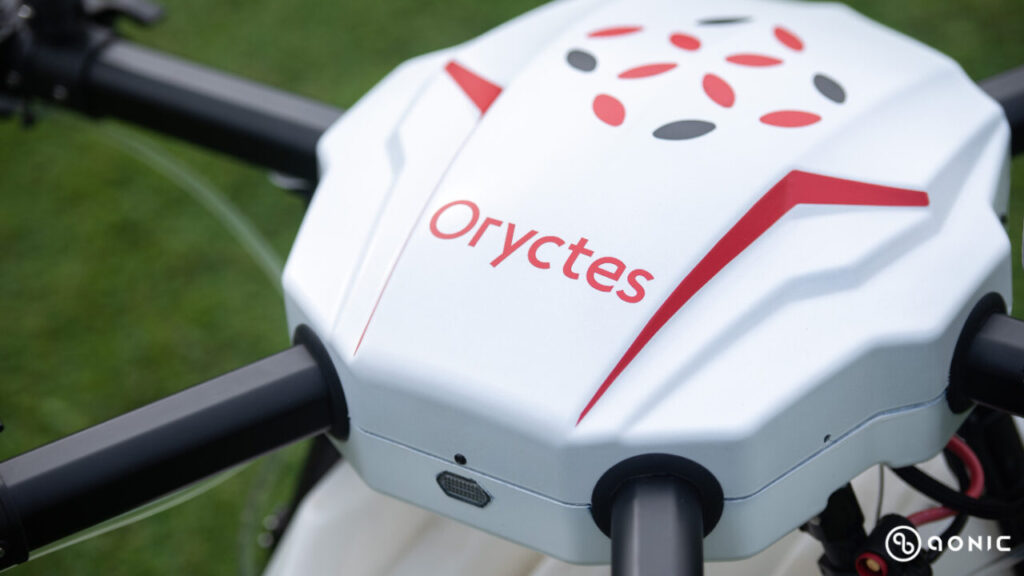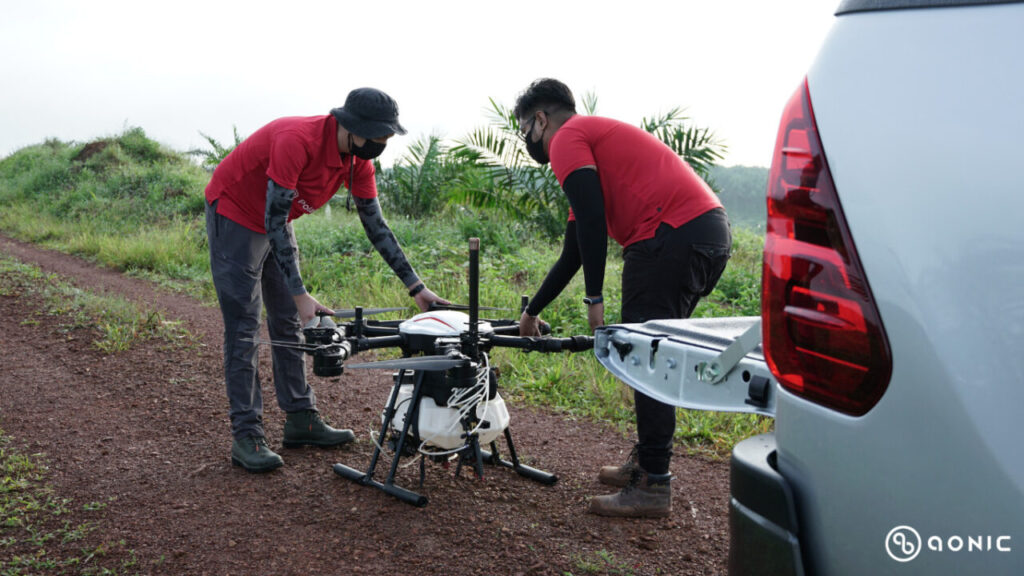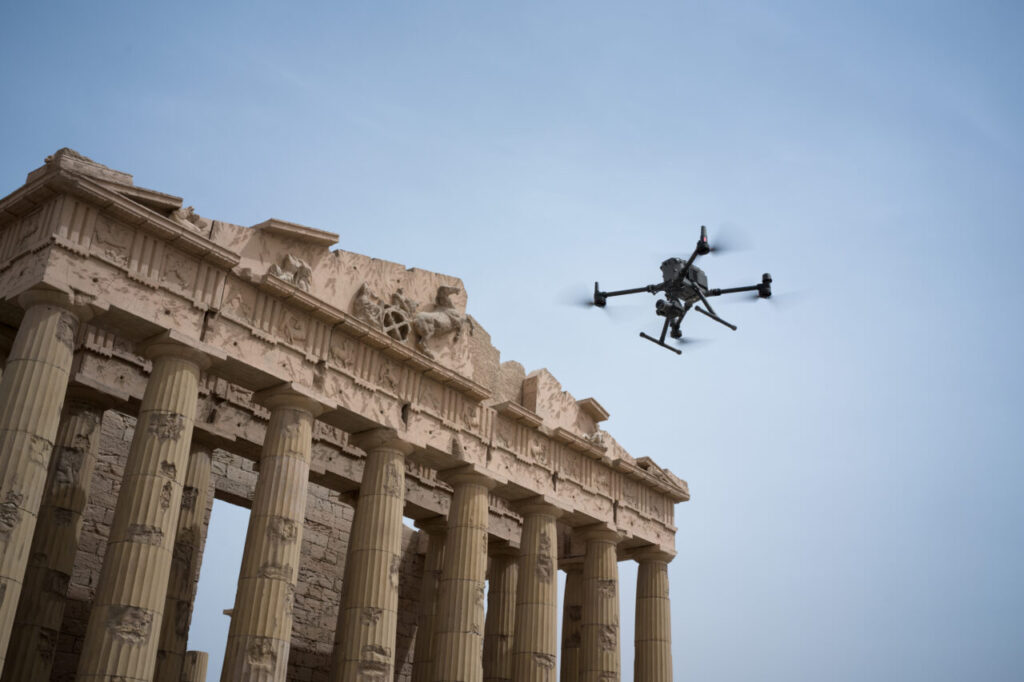Introduction
In recent years, the agricultural industry has witnessed a remarkable transformation with the integration of cutting-edge technologies. One such innovation that has gained significant attention is the use of agriculture drones. These unmanned aerial vehicles equipped with advanced sensors and imaging technology have proven to be a game-changer for farmers worldwide. Not only do they enhance efficiency and productivity, but they also play a crucial role in decreasing labor costs. In this article, we will delve into the ways of how agriculture drones reduce labor costs and compare their benefits to traditional manual labor in farming.
Understanding Agriculture Drones
Agriculture drones, also known as agricultural unmanned aerial vehicles (UAVs) are specialized drones designed for the specific needs of the agricultural industry. These drones are equipped with advanced sensors, cameras, and other technologies to assist farmers and agronomists in various agricultural tasks. They have emerged as a valuable tool for precision farming, enabling farmers to gather real-time data, monitor crop health, and make informed decisions to optimize agricultural practices.
Design and Features
Agriculture drones are specifically designed to withstand outdoor conditions, including wind, dust, and varying temperatures. They are typically lightweight, durable, and equipped with autonomous flight capabilities. These drones are equipped with a range of sensors, including RGB cameras, multispectral or hyperspectral cameras, thermal cameras, LiDAR (Light Detection and Ranging) sensors, and GPS receivers. These sensors allow the drones to capture detailed imagery, collect data, and provide valuable insights into crop health, nutrient content, soil moisture levels, and more.
Remote Sensing and Imaging
Agriculture drones use remote sensing techniques to capture aerial imagery and collect data about agricultural fields. The sensors onboard the drones capture images in different spectral bands, such as visible, near infrared, and thermal, enabling the detection of crop stress, disease, nutrient deficiencies, and other indicators of plant health. These images are then processed using specialized software to generate maps and actionable insights for farmers and agronomists.
Precision Farming Applications
Agricultural drones support a wide range of precision farming applications. They can perform tasks such as crop monitoring, yield estimation, plant counting, weed detection, and mapping of field boundaries. By collecting accurate and up-to-date information, agriculture drones assist farmers in optimizing input application, adjusting irrigation schedules, and improving overall farm management. The precise and targeted data obtained from drones enables farmers to make date-drive decisions, reduce waste, and increase overall productivity.
Oryctes is the first high accuracy point-to-point agriculture spraying drone created specifically for oil palm as a proven solution against damaging pests such as Rhinoceros Beetles.
Autonomous Flight and Navigation
Many agriculture drones feature autonomous flight capabilities. They can be programmed to follow pre-defined flight paths using GPS waypoints, enabling efficient and repeatable data collection over large agricultural areas. Autonomous flight reduces the need for manual control and allows farmers to focus on data analysis and decision-making. Additionally, some drones are equipped with obstacles avoidance systems to ensure safe and reliable flight operations, even in complex environments.
Data Analysis and Integration
Agriculture drones generate vast amounts of data, which can be overwhelming to interpret manually. To harness the full potential of drone-collected data, specialized software platforms are used for data analysis and integration. These platforms process the collected data, perform analytics, and generate actionable reports and recommendations for farmers. Integration with existing farm management systems and agricultural tools allows for seamless integration of drone data into existing workflow, enhancing decision-making and operational efficiency.
11 Ways How Agriculture Drones Reduce Labor Costs

Agriculture drones are able to reduce labor costs in several ways:
- Automation of Task: Agriculture drones automate various task that would otherwise require manual labor. For example, drones equipped with spraying systems can autonomously navigate fields and apply pesticides, herbicides, and fertilizers accurately. This eliminates the need for manual spraying, reduce labor costs associated with hiring workers specifically for these tasks.
- Efficiency and Time Savings: Drones are capable of covering large areas quickly and efficiently. They can perform tasks such as crop monitoring, aerial surveys, and data collection in a fraction of the time it would take for manual laborers to accomplish the same tasks. This increased efficiency translates to significant time savings and reduce labor costs.
- Precision Farming: Agriculture drones enable precision farming practices, which involve targeted and optimized agricultural interventions. By collecting data on crop health, moisture levels, nutrient deficiencies, and pest infestation, drones provide farmers with precise information about the needs of their crops. This allows for targeted interventions and reduces the need for extensive manual labor in scouting crops or manually applying treatments.
- Remote Monitoring and Analysis: Drones equipped with advanced sensors and imaging technology can monitor crops remotely and collect valuable data and imagery. Farmers can analyze this data to make informed decisions about their crop, such as identifying areas that require attention or intervention. This remote monitoring capability eliminates the need for constant manual inspection and therefore reduce labor costs associated with physically assessing crop health and condition.
- Optimization of Resources: Agriculture drones assist in optimizing the use of resources such as water, fertilizers, and pesticides. Through aerial surveys and sensor data, drones can provide insights into crop water stress levels and nutrient deficiencies. Farmers can then apply resources more efficiently, reducing wastage and minimizing labor-intensive tasks associated with manual irrigation, fertilization, and pest control.
- Scalability: Agriculture drones offer scalability in farming operations. They can cover large areas efficiently and consistently, regardless of the size of the farm. This eliminates the need to hire and manage a large workforce which reduce labor costs associated with staffing and supervision.
- Data-driven Decision Making: Drones collect vast amounts of data and imagery, providing farmers with valuable insights into crop health, growth patterns, and environmental conditions. This data-driven approach allows farmers to make informed decisions and implement targeted interventions, minimizing the need for labor-intensive, blanket treatments, and decreasing overall labor costs.
- Reduced Physical Strain: Farm labor can be physically demanding, especially for tasks such as manual inspection, spraying, and seeding. By utilizing agriculture drones, farmers can significantly reduce the physical strain on workers, leading to lower labor-related injuries and health issues. This, in turn, lowers healthcare cost and reduces the need for additional labor to cover sick or injured workers.
- Time Allocation: By automating routine tasks, agriculture drones free up valuable time for farmers and laborers to focus on other essential farm activities. Instead of spending time on manual labor-intensive tasks, workers can engage in higher-skilled or specialized activities such as crop analysis, decision-making, or equipment maintenance. This efficient allocation of labor resources improves overall productivity and reduces labor costs in the long run.
- Enhanced Productivity and Output: Agriculture drones contribute to improved productivity by enabling timely interventions, and optimizing resource usage. By reducing crop losses due to disease, pest, or inefficient practices, farmers can achieve higher yield with fewer resources and less manual labor. This increase in productivity not only boosts profitability but also reduces the need for additional labor to compensate for lower output.
- Seasonal Flexibility: Certain farming activities, such as monitoring, spraying, or harvesting, are seasonal and require a surge in labor during peak periods. Agriculture drones provide flexibility by efficiently executing these tasks without the need for continuous workforce. Farmers can utilize drones during peak seasons, reducing the labor force during non-peak periods and effectively managing labor costs throughout the year.
Here is a table for you to compare between agriculture drones and manual labor:
| Factors | Agriculture Drones | Manual Labor |
|---|---|---|
| Automation of Tasks | Automate tasks such as spraying, monitoring, and data collection, reducing the need for manual labor | Manual labor is required for tasks like spraying, monitoring, and data collection, which can be time-consuming and labor intensive |
| Efficiency of Time Savings | Cover large areas quickly, performing tasks in fraction of time it would take manual laborers | Manual labor is slower and less efficient, requiring more time to accomplish tasks |
| Precision Farming | Enable targeted interventions based on accurate data on crop health, moisture levels, nutrient deficiencies, and pest infestations | Relies on manual scouting and visual inspection, which can be time-consuming and less accurate |
| Remote Monitoring and Analysis | Collect data and imagery remotely, eliminating the need for constant manual inspection and reducing labor costs associated with physically assessing crop health and condition | Requires regular manual inspection and assessment of crop health and condition, which can be labor-intensive and time-consuming. |
| Optimization of Resources | Assist in optimizing the use of resources such as water, fertilizers, and pesticides through data-driven insights, reducing wastage and minimizing labor-intensive tasks. | Manual labor may result in less optimized use of resources, requiring more time and effort for irrigation, fertilization, and pest control. |
| Scalability | Offer scalability by efficiently covering large areas regardless of farm size, reducing the need to hire and manage a large workforce. | Labor-intensive farming may require a larger workforce to cover large areas, resulting in higher labor costs for larger farms. |
| Data-Driven Decision Making | Provide valuable data and insights for informed decision making, reducing the need for labor-intensive blanket treatments. | Relies on experience and manual assessments, which may result in less informed decision making and more labor-intensive treatments. |
| Reduced Physical Strain | Minimize physical strain on workers, leading to lower labor-related injuries and health issues. | Manual labor can be physically demanding and may lead to increased risks of injuries and health issues among workers. |
| Time Allocation | Free up time for workers to focus on other essential farm activities, improving overall productivity and reducing the need for additional labor. | Manual labor-intensive tasks may consume significant time, limiting the availability of labor for other important activities. |
| Enhanced Productivity | Improve productivity by enabling timely interventions, reducing crop losses, and achieving higher yields with fewer resources and less manual labor. | Inefficient practices and reliance on manual labor may result in lower productivity and higher labor requirements to compensate for lower output. |
| Seasonal Flexibility | Provide flexibility by efficiently executing tasks during peak seasons, reducing the need for continuous labor throughout the year. | Labor-intensive tasks may require a continuous workforce during peak seasons, resulting in higher labor costs throughout the year. |
Conclusion
In summary, agriculture drones contribute to decreased labor costs through automation, increased efficiency, precision farming, data-driven decision making, reduced physical strain and more. By leveraging drone technology, farmers can optimize their operations, reduce labor-intensive tasks, and achieve cost-savings while improving overall farm management and productivity.




